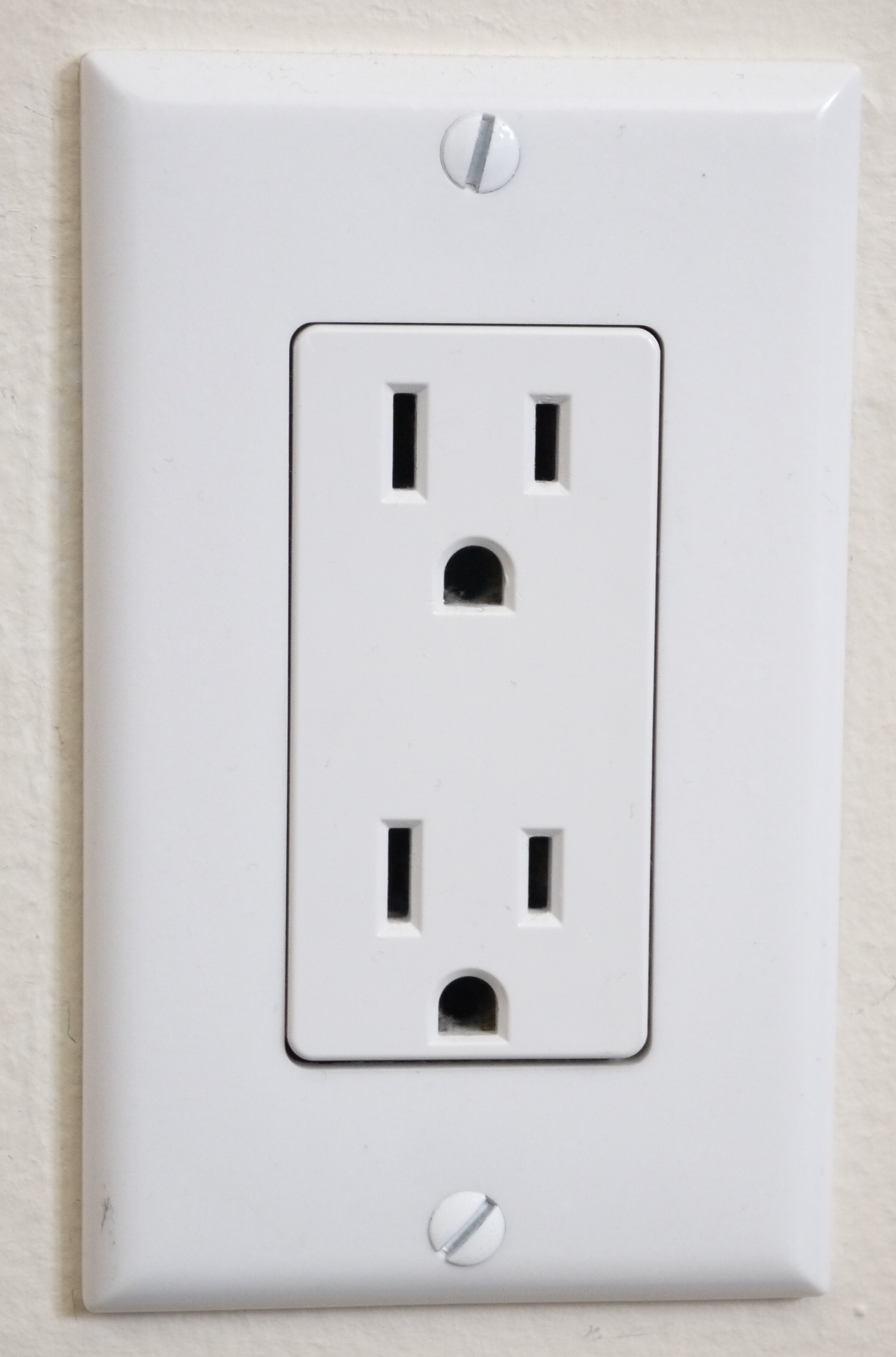
Feb
How to install a new light switch
Electrical work can be daunting. But installing a new light switch is something you really can do on your own! To install a new light switch for a light controlled from just one place, follow these simple steps. (Lights controlled from multiple locations have some extra wires involved, and we’ll deal with that in another post.)
1. MOST IMPORTANT: TURN OFF THE POWER TO THE LIGHT SWITCH!
Whatever you do, don’t skip the first step! Always SHUT OFF THE POWER when you’re going to do any work on a light switch. Just find your circuit breaker box and flip off the breaker that controls the power to the switch you want to replace. Not sure which one that is? Turn on the switch and have someone stay in the room while you try different breakers. When the light goes out, have that person tell you; that’s the breaker for the switch you’re about to replace. If you can’t determine which breaker controls the light switch you want to replace, just turn off the whole panel until you’re done with your installation.
For added safety, consider purchasing an electrical tester or multimeter from your local hardware store or even online. You can get a cheap-but-effective model for under $20.
2. REMOVE THE LIGHT SWITCH FROM THE WALL.
Once you’re certain that the power is off, you want to remove the light switch from the wall. This requires several actions:
- a. Using a flathead screwdriver, remove the face plate that covers the light switch.
- b. Again, using a flathead screwdriver, remove the screws that hold the light switch to the wall.
- c. Gently pull the light switch out of the wall.
3. DETACH THE WIRES.
Your light switch will likely have three wires: two black wires and one plain copper grounding wire. (Older light switches may have just two black wires with no ground.)
Remove the wires by pulling them out of the back of the outlet or by unscrewing them from the screws on the side, depending upon how they are connected. If you have trouble disconnecting wires that are inserted into the back of the switch, you can coax them out with the tip of a flathead screwdriver; alternatively, you can also cut them with wire cutters—but cut close to the connection so as not to shorten the wires too much.
4. CONNECT THE NEW LIGHT SWITCH.
- a. Make sure that your wires have enough of the insulation stripped away to ensure a good connection. If not, you can strip them using a wire stripper or even just a sharp knife and a pair of pliers.
- b. With a pair of needle-nose pliers, gently bend each of the exposed wires into the shape of a hook so that it can wrap around the terminal (copper screw) in the next step and make a clean connection.
- c. Now you’re ready to connect the wires, one at a time. Using a Phillips-head screwdriver, connect each of the black wires to the copper terminals (screws) at the sides of the light switch by wrapping the wire hook you just created around the screw and then turning the screw until it is tight. Then connect the copper grounding wire to the green screw at the bottom of the light switch in the same way. That’s really all there is to it!
5. RE-ATTACH THE LIGHT SWITCH TO THE WALL.
Now that all of the wires are attached, gently fold the wires into the wall until the light switch can be screwed into the wall at top and bottom. This will require a flathead screwdriver.
Finally, place the outlet cover over the light switch and screw it into place.
6. RESTORE THE POWER AND TEST.
Now that your light switch has been changed, you should be able to safely return to the circuit breaker box and turn on the power. Turn on the light switch and ensure that it is working.
Voilà! You’ve installed your new light switch!
